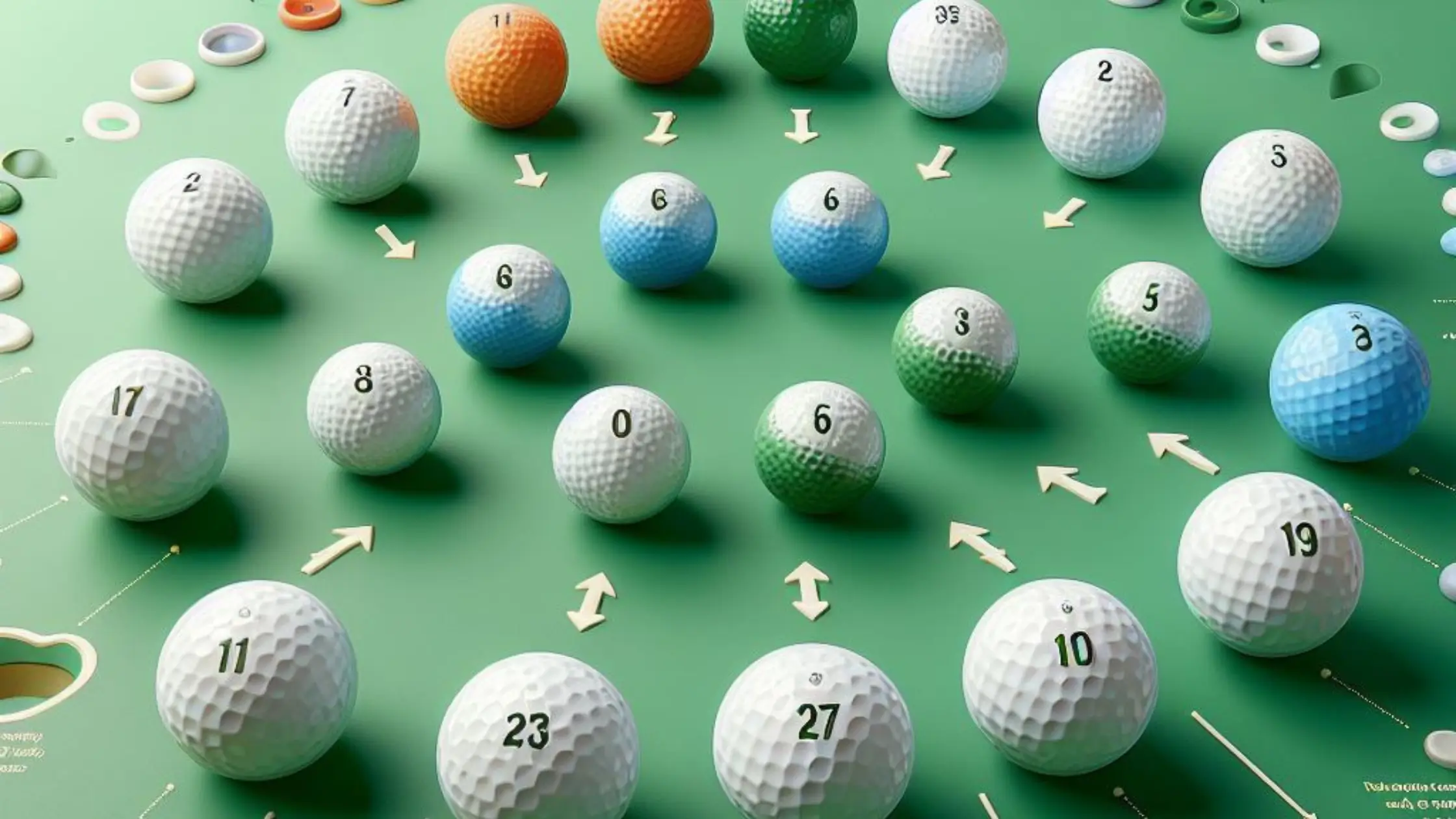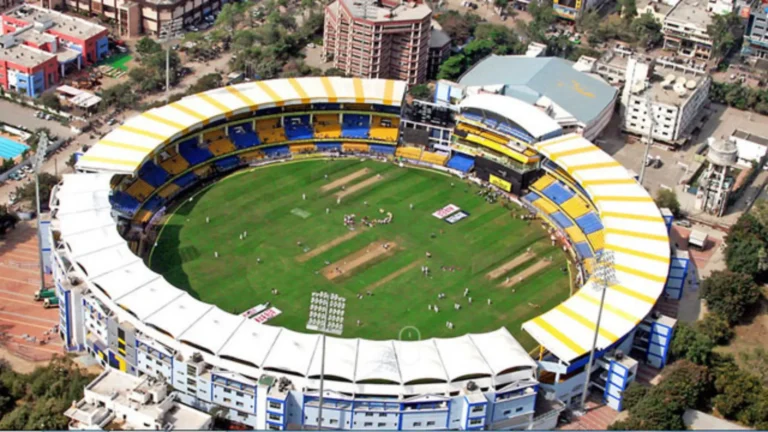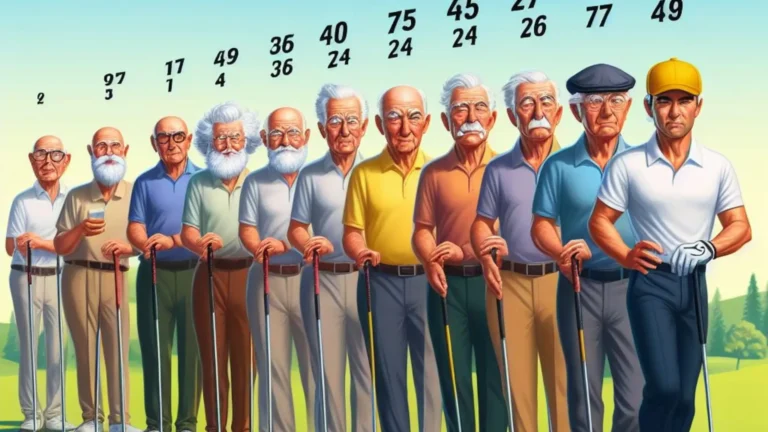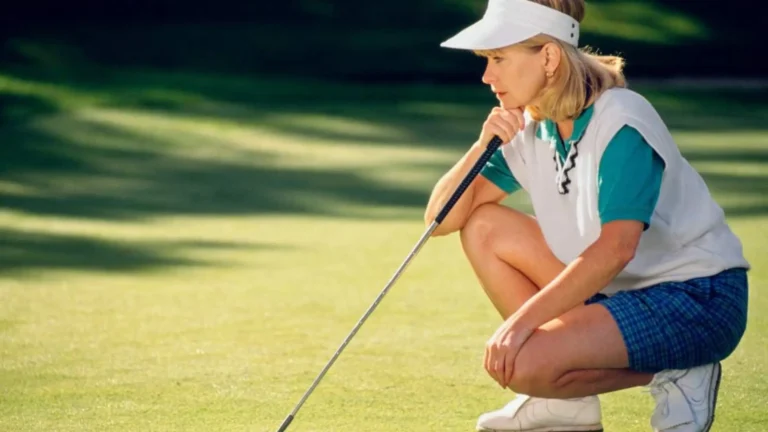Which Color Golf Balls are Easiest to See?
Golf balls come in a variety of colors these days, but for decades the regulation golf ball was white. White balls are still the most common, but more and more amateur and recreational golfers are switching to colored golf balls that they feel are easier to spot and track in flight. Vivid colors like orange, green, pink, and yellow do stand out more against grass, trees, and skies. This allows golfers to more accurately follow the arc and landing point of their shots.
If you struggle to see white golf balls coming off the clubface or pinpoint where your shots land, it may be time to experiment with higher visibility colored balls.
But with so many options now available, how do you choose? We’ll look at the history of golf ball colors, examine if and when colored balls can be easier to see, and recommend some top performing colored balls to consider.
The First Colorful Golf Balls
Golf balls were originally made from wet feathers stuffed into leather pouches. This evolved into solid wood balls in the 17th century. It wasn’t until 1848 that the gutta-percha ball was created. This revolutionary “gutta” ball could be easily and cheaply mass produced and it soon became the standard golf ball.
These early golf balls were all white. White was the natural color of the materials used and also helped the balls stand out against grass and dirt. When the Haskell rubber-wound core ball was introduced in 1902, it continued the tradition of white regulation golf balls.
It wasn’t until the late 1960s and early 1970s that colored golf balls first emerged. They quickly became popular for their increased visibility. By the mid-1970s most major golf brands offered golf balls in a spectrum of bright colors like orange, pink, and yellow.
Initially dismissed as novelty items, colored golf balls gained broader appeal by the 1990s. Improving ball constructions also shed their reputation for inferior performance. Today’s top colored golf ball models match their white counterparts in quality and consistency.
Is It Time to Switch from White To A Colored Ball?
If you’re struggling to track shots with the white balls you’ve always played, switching to an easy to see colored golf ball could help improve your game. The right hue can make a dramatic visibility difference under certain conditions:
Against Blue Skies: Light pastel golf balls tend to blend into the sky on high arcs and tee shots. Dark or neon orange, yellow, green, pink and red all pop better against blue backdrops.
In Green Roughs and Fairways: Most golf environments feature an abundance of green grass and plants. Vivid orange or yellow balls create high contrast to green backgrounds. Light green or pink balls can also stand apart.
In Fall Foliage: Every golfer dreads hitting balls into autumn leaves and brown plants. Orange and neon yellow balls have the best chance of piercing the fall camouflage.
In Shadows or Gloom: Low light conditions of early morning rounds or cloudy days hamper visibility. Brighter colors offset those issues better than white. Florescent model colors also shine.
Aging Vision Challenges: Mature golfers often battle deteriorating vision. Bold colors and markings reflect more light and assist aging eyes in following shots and spotting landing zones.
Switching from a white ball to a brighter hue can improve visual tracking of trajectories and landing spots. And being able to spot your previous shots easily makes faster play possible too.
3 Golf Balls That Are High-Quality & Easy to Find
Between ProV1s, TP5s, and all the other top shelf golf balls out there with the latest technology built for scoring, today’s player has near endless excellent performing white ball options. But the colored choices also continue to improve.
You no longer have to sacrifice quality or settle for rock hard covers, inconsistent compression ratings, and poor shot shaping. Modern manufacturing processes yield colored balls equal in construction to high end models. There are plenty of easy to see options that also deliver fantastic feel with exceptional control.
Here are 3 top rated colored alternatives that offer impressive flight characteristics as well as high visibility:
Callaway Chrome Soft Chrome Soft Golf Balls – These popular Callaway Tour balls are available in a turbo neon yellow that really stands out. It also features a urethane cover for enhanced shot spin and control around the greens like a premium ball should.
Titleist Pro V1 High Numbers For those seeking a great playing ball similar to a ProV1, the Titleist High Numbers balls incorporate the same high performance design but with an optical yellow color. Same technologies in an easy visibility package.
Srixon Soft Feel Lady Lake Balls – Don’t let the name deter you, these Srixon balls offer incredible soft compression and a vibrant pink color. Pink isn’t for everyone, but they do stand out when struck well.
Those are just a few top choices on the market now demonstrating you no longer have to sacrifice quality with today’s colored ball selections. Try one for more ways to take strokes off your game.
Finding The Right Colored Golf Ball for You
Advanced technologies in golf ball construction now allow easy to see colored covers wrapped around the same precisely built cores and compression ratings the pros rely on. But with so many shades and vivid hues available, how do you select the right colored ball for maximizing your visibility?
Consider these factors when choosing colored balls:
Personal Preference: This is your gear and your game, so pick colors you personally find appealing and can enjoy playing. Avoid colors you dislike just because others say they are visible. Your emotional response matters.
Common Play Conditions: Key into the environments you play in most and think about contrasting colors. If you frequently contend with heavy woods, bright greens for example will clash better than pink options.
Friends and Playing Partners: Some colors like orange and yellow stand out across a wider variety of backgrounds. But also consider colors partners use if you want to avoid confusing shot tracking when playing different balls.
League and Local Rules: Make sure the color you like adheres to any competitive event rules if you enter tournaments. Not all colors may comply with their requirements.
Testing Color Performance: Try out sample packs of a few top performing colored balls in colors that appeal to you on your home courses. See what hues prove easiest for you to follow before buying new dozens.
Changing to an easy to see golf ball can instantly boost confidence and enjoyment. The right color choice allows better shot visibility and course management regardless of age or skill level. Don’t be afraid to experiment with brighter golf balls to determine what shade performs best for you personally.
Conclusion
If white golf balls are proving difficult to successfully track in flight or find once they land, colored golf ball alternatives present an easy fix. Thanks to major advancements in construction technologies, today’s colored balls offer competitive quality and performance. Vivid orange, bright green, neon yellow and other colors provide better visibility and contrast against a variety of backgrounds. Putting a colored golf ball that maximizes spotting capabilities into play can quickly help lower scores.
FAQs
What is the easiest golf ball color to see?
The most visible golf ball colors are generally considered to be vibrant orange and neon or florescent yellow. These bright and high contrast hues stand out better to the human eye against almost all backdrops of grass, trees, dirt, and sky.
Do Pros use colored golf balls?
A few professional golfers do play their rounds using a colored golf ball, but the vast majority stick with white. Popular white models offer a proven visibility they trust. Regulations also restrict colored options in some pro tournaments. But recreational amateurs find brighter colors beneficial.
Why are golf balls still white if colors are easier to see?
Tradition plays a big factor. White has been the standard color since golf balls were first mass produced. Familiarity breeds trust in performance for many good players. But white does still work fine with healthy eyesight and contrasts well when new and clean. Visibility challenges tend to increase with age and ability level.
Can you use colored balls in competition?
Most amateur organized events will allow non-white balls that meet other regulations like minimum size requirements. But some elite amateur and professional tournaments still mandate white models only. Always check event local rules before playing colored golf balls in competitions.
Do colors affect golf ball performance?
Early colored balls used cheaper materials and lacking construction standards which hindered flight performance. But leading contemporary golf ball producers like Titleist, Callaway, Srixon, and others now offer colored versions featuring identical quality components. The different dye concentrates used in durable surlyn or urethane covers today do not impact underlying ball performance.







